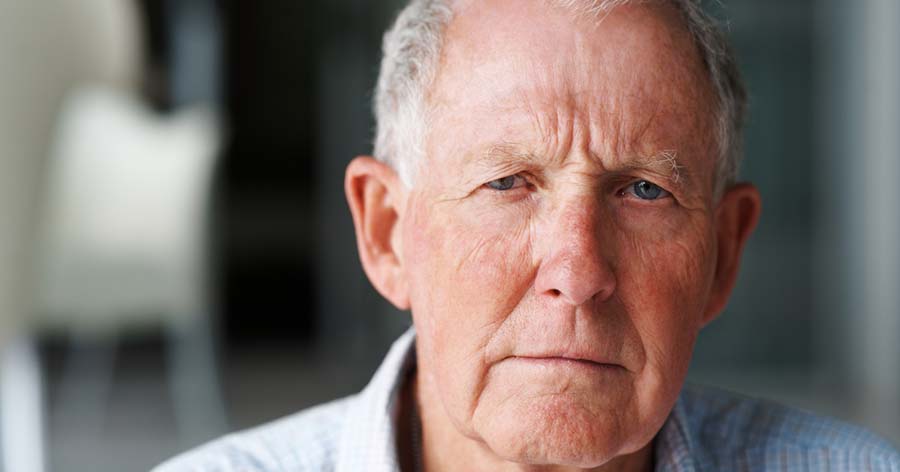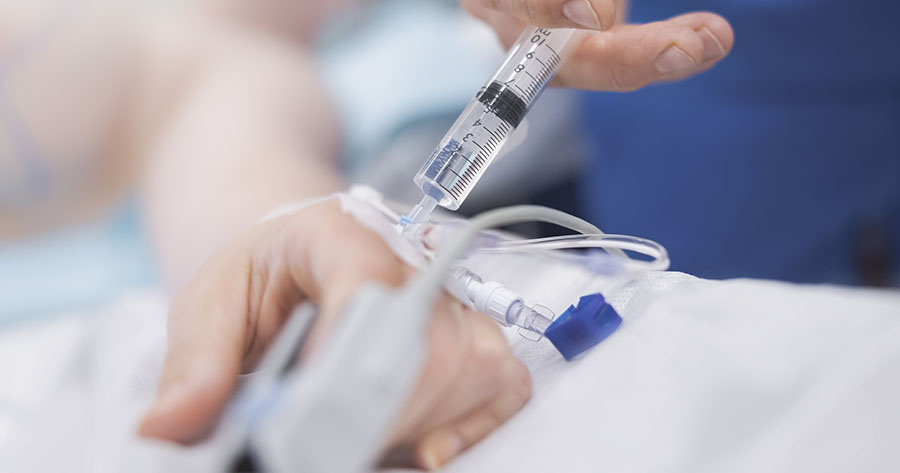The half-term holiday has seen many families travelling abroad. It has become clear that, possibly due to the credit crunch and exchange rates, families are choosing to travel to different holiday destinations such as Egypt, Turkey and Tunisia. As it is routine for families with children with diabetes to seek travel advice from their diabetes team we must ensure we are fully equipped to give basic travel advice and refer on to travel services available in primary care.
Many North African and non-European destinations require vaccinations, for diseases such as hepatitis A and typhoid, and some destinations may also require antimalarial treatment (see http://www.nathnac.org/ds/map_world.aspx). Vaccinations should ideally be given 4–6 weeks before travel, so those due to travel during the summer break should be advised to get theirs now. Clinically, vaccinations do appear to have some effect on blood glucose control in the post-vaccination period, and families should be advised to observe blood glucose more frequently, and make appropriate adjustments to insulin therapy.
Families who are travelling abroad for the first time will benefit from face-to-face discussions about their trip. Diabetes UK provide excellent travel advice for young people, and also country-specific travel advice leaflets (http://tinyurl.com/pcypmn) but there are universal principles that apply wherever they choose to travel (Box 1).
Combining children with airports is never easy, and detailed discussions about flight and check-in times can help families consider when they are going to schedule meals and snacks. There are some food restrictions when travelling abroad, with some countries not allowing meat products or fruit into the countries. Airline food often does not supply adequate carbohydrate, and can need supplementing with snacks. On long fights, diabetes equipment and hypoglycaemia treatment should be stored under the seat and easily accessible as you cannot stand up to get it during turbulence.
It is worth mentioning to the flight crew that the young person has diabetes so they can ensure an adequate supply of diet drinks, and can alert you to meals being served to enable insulin treatment to be given. Families will require specific advice for time-zone travel, dependent on their insulin regimen and destination, as they may need additional injections of rapid-acting insulin. They also require advice on how to eat more flexibly when away, especially those on more conventional regimens.
A good tip is to pack a carton of frozen milk wrapped in a towel, breakfast cereal, frozen bread and a bottle of diet cordial. This enables an adequate meal to be provided on arrival, as some hotels will stop serving food after a particular time, and supermarkets may be closed.
Hot weather, more exercise (such as swimming), and a change in diet can contribute to hypoglycaemia, and avoidance advice is important, including checks on blood glucose during the first few nights. Families may need advice and support regarding dose decisions and, in the age of the mobile phone, reassurance that the team are only a phone call away if they are stuck. We tend to advise that, on arrival, people should always find out where the nearest English-speaking doctor is – then families find they don’t need them! Experience over the years has shown that once a family is in crisis, a holiday representative can never be found and families can often be left to fend for themselves. It is good practice to revise sick-day rules with families before they travel, making it clear when they should be seeking medical advice.
All travellers should be given advice on diarrhoea and its avoidance, but advice on what to do if it should occur could prevent a ruined holiday (World Health Organization, 2005).
Swine flu
The Health Protection Agency (HPA) has issued advice specifically concerning travel and the current swine flu outbreak (Box 2). We all need to be aware of this advice and the most current algorithms, as the diabetes team may be a first point of contact if a child with diabetes gets ill. We need to check foreign travel status when receiving calls from families of children with flu-like symptoms, and follow the most recent guidance.
There are concerns that swine flu will continue to “slow burn” throughout the summer months incubated in communities such as schools (HPA, 2009). The concern is that it could combine with a seasonal flu virus, creating a more deadly strain. Currently, the WHO has not decided whether to vaccinate against swine flu, but early indications are that people could require two vaccinations to develop immunity (WHO, 2009). (As this journal goes to press, the WHO has declared swine flu a pandemic.)
Thinking of our normal influenza campaign, such a vaccination programme would be a massive undertaking to ensure adequate protection to high-risk groups, such as people with diabetes. Although we work in secondary care we, as paediatric diabetes nurses, must keep informed of current public-health issues to inform our practice over what could be a potentially difficult period.
Not all families choose half-term to travel, however, and my team has just completed an insulin pump start scheduled to coincide with the school break.
Insulin pump therapy
In this supplement, the Leeds Paediatric Diabetes Team provide us with an article about their experience with insulin pump therapy. Interestingly, they have broken their direct contact time down, and suggest that it takes up to 36 hours of specialist nursing time within the first year of insulin pump therapy.
Reflecting on our recent start, I estimate that this has already accumulated 10 hours of direct face-to-face contact, plus numerous telephone contacts – this includes the pre-pump work-up and the initialisation period. Like the Leeds team, we prefer a saline start so that the young person and their family can become competent at button-pushing and setting changes.
Insulin pump histories enable you to check that these tasks have occurred before initialising insulin. The competency gained by this process does then enable remote adjustments to occur by telephone as you are satisfied that the skills required have been learned. Insulin pumps are a viable treatment option for most children with diabetes, and we need trailblazers such as the Leeds team and University College London Hospital (Thompson, 2009) to show us the way.





The risk factors and what might be done to address them.
24 Mar 2025